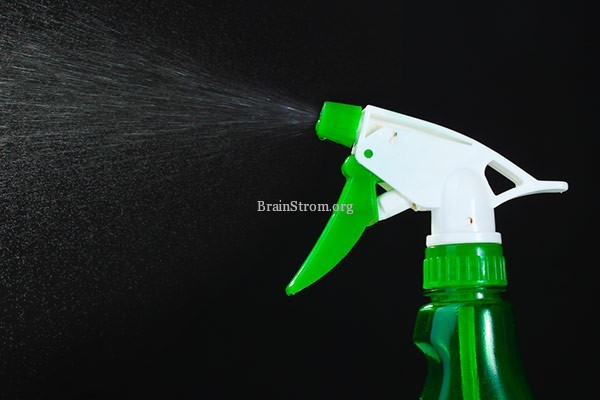Spray-applied cell therapy with human allogeneic fibroblasts and keratinocytes for the treatment of chronic venous leg ulcers: a phase 2, multicentre, double-blind, randomised, placebo-controlled trial
Prof Robert S Kirsner MD a, Prof William A Marston MD b, Prof Robert J Snyder DPM c, Tommy D Lee MSHS d, D Innes Cargill PhDd, Dr Herbert B Slade MD d e 



Summary
Background
Many patients with venous leg ulcers do not heal with standard care. HP802-247 is a novel spray-applied cell therapy containing growth-arrested allogeneic neonatal keratinocytes and fibroblasts. We compared different cell concentrations and dosing frequencies of HP802-247 for benefit and harm when applied to chronic venous leg ulcers.
Methods
We enrolled adult outpatients from 28 centres in the USA and Canada with up to three ulcers, venous reflux confirmed by doppler ultrasonography, and adequate arterial flow in this phase 2, double-blind, randomised, placebo-controlled trial if at least one ulcer measured 2—12 cm2 in area and had persisted for 6—104 weeks. Patients were randomly assigned by computer-generated block randomisation in a 1:1:1:1:1 ratio to 5·0×106 cells per mL every 7 days or every 14 days, or 0·5×106 cells per mL every 7 days or every 14 days, or to vehicle alone every 7 days. All five groups received four-layer compression bandages. The trial sponsor, trial monitors, statisticians, investigators, centre personnel, and patients were masked to treatment allocation. The primary endpoint was mean percentage change in wound area at the end of 12 weeks. Analyses were by intention to treat, excluding one patient who died of unrelated causes before first treatment. This trial is registered with ClinicalTrials.gov NCT00852995.
Findings
45 patients were assigned to 5·0×106 cells per mL every 7 days, 44 to 5·0×106 cells per mL every 14 days, 43 to 0·5 ×106 cells per mL every 7 days, 46 to 0·5 ×106 cells per mL every 14 days, and 50 to vehicle alone. All required visits were completed by 205 patients. The primary outcome analysis showed significantly greater mean reduction in wound area associated with active treatment compared with vehicle (p=0·0446), with the dose of 0·5 ×106 cells/mL every 14 days showing the largest improvement compared with vehicle (15·98%, 95% CI 5·56—26·41, p=0·0028). Adverse events were much the same across all groups, with only new skin ulcers and cellulitis occurring in more than 5% of patients.
Interpretation
Venous leg ulcers can be healed with a spray formulation of allogeneic neonatal keratinocytes and fibroblasts without the need for tissue engineering, at an optimum dose of 0·5×106 cells per mL every 14 days.
Funding
Healthpoint Biotherapeutics.
Thanks for installing the Bottom of every post plugin by Corey Salzano. Contact me if you need custom WordPress plugins or website design.

